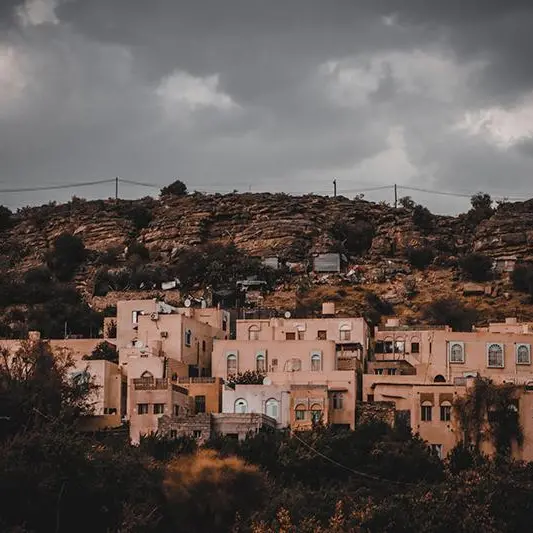PHOTO
Winter is officially ending this month in the UAE — but, even though temperatures are now hitting the highs of 30 degrees, it is not yet summer. A top NCM official says we are currently in between cold and hot weather, which is spring. And during this weather transition, rain can be expected.
The country experienced cloudy skies and rainfall on Tuesday, with some parts of Dubai and Sharjah even seeing hail. "There are big differences happening in the temperature systems. We are standing exactly between the winter and summer seasons and that’s why we are experiencing the change in weather conditions these days,” says Esraa Al Anqbi, a weather forecaster at the National Center of Meteorology (NCM).
“Low pressure from the surface and upper air increases the chances of cloud formation," she added.
The country is likely to witness rainfall during the early days of Ramadan, Al Anqbi said.
The weather on most days of Ramadan will be mild in most areas during the first half, and temperatures may rise in the second half.
“We are expecting some rainfall on March 26...and the rains will continue until March 28. It will start from the West. Subsequently, we’ll see a rise in temperature,” added Al Anqbi.
When will hot weather begin?
Temperature is likely to fall between 35 and 38 degrees Celsius, with the average minimum temperature at 23 to 25 degrees. "Chances of fog and mist formation during this period are very high,” says the official of the Met department.
“During this season, winds are generally moderate. The country is mostly affected by sea and land breezes. We have fresh north-westerly winds only at times. The average speed of the wind is between 26 to 31km/hr. The country also experiences the passage of low pressure from the West from the upper air as well as from the surface. This leads to increased amounts of rainfall during this season. The average amount of rainfall over the country is 7.2mm,” she says.
According to the climate statistics for this month, the highest maximum temperatures will hit approximately 46 degrees Celsius over some internal areas by afternoon.
The mean minimum temperature range will be between 20 and 22 degrees, and the lowest minimum temperature will reach 4 degrees, which will be recorded over some mountainous or internal areas in the early morning hours.
During this period, the Siberian high-pressure system gradually weakens and declines, especially in the second half of the month.
The region will be affected by a passing low-pressure trough system and it will extend from the west or the east, accompanied by a deep upper air, low-pressure trough, increasing the chance of rainy clouds over the country.
The long-term forecast for April indicates that rains will be less than the average, as the average amount of rainfall this month over the country was 7.4 mm. The highest amount of rainfall recorded during the month was 247.4 mm over Wadi Sheha in 2019.
The relative humidity will decrease slightly during this period, especially in the last quarter of the month, although the chances of fog and mist formation remain during the morning hours.
The mean maximum relative humidity will range between 62 per cent to 78 per cent during the night and early morning hours while the mean minimum relative humidity will range between 18 per cent to 28 per cent during the day and by afternoon.
Copyright © 2022 Khaleej Times. All Rights Reserved. Provided by SyndiGate Media Inc. (Syndigate.info).





















